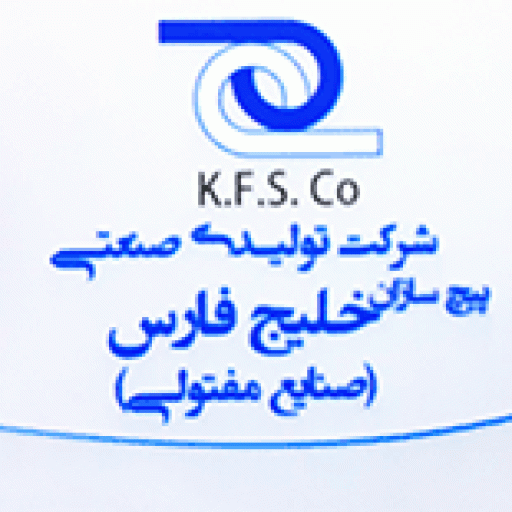Copper clad steel wire
This wire is actually a steel product that is produced with a diameter ranging from 0.4 to 4 millimeters. It is manufactured using hot drawing and rolling techniques. It is made from low carbon steel with a carbon percentage between 0.08 and 0.13, and is coated with a copper plating layer with a thickness of 0.07 to a maximum of one micron for protection. This coating plays an important role in the development of features such as hardness, flexibility, and ductility. The main components of this product include 85% lead, 5-10% antimony, 2% copper, and silver.
There are various technical and mechanical specifications to consider for this product, which are available in different grades on the market. These grades include SAE1006T, SAE1010, ST1KP, and SAE1008.


There are three main types of wire packaging, including:
- Coiled wire:
After production, the wire is packaged in coils of different weights, ranging from 15 to 100 kilograms, which affects its price.
- Straight cut wire:
The produced wire is transferred to the straightening cut wire machine and can get various sizes, with lengths of 20 cm, 100 cm, 200 cm, and 300 cm during production.
- Spiral wire:
This type of wire packaging is very thin and delicate. It is coiled around a spool and then packaged.
Copper wire or braided wire has a wide range of applications in various industries, including welding, automotive manufacturing, electrical and electronics industries, handicrafts and decorations, packaging, industrial components production, construction, tools manufacturing, textile industry, and medical field. It is used for purposes like wiring, manufacturing parts, artistic creations, and entertainment industry.
- Welding industry: The low melting point and rapid cooling of this product make it suitable for welding purposes.
- Making needle wire and cardboard stitching.
- Manufacturing kitchen utensils such as colanders, shelves, and various electrical components.
- Automotive manufacturing and production of car engines.
- Manufacturing various cages, bags, suitcases, boxes, and lampshades.
- Making pins and rail products.
- Making kitchen shelves.
- Making wooden hangers.
- Manufacturing various motors.
- Wiring books and notebooks.
- Making eyeglass frames.
- Used in shelves in commercial refrigerators.
- Kitchen utensils.
- Transformer production.
- Used in headphone and speaker wiring.
- Manufacturing metal parts.
- Making decorative items and jewelry.
- Making various clothing hangers and wooden hangers.
- Electrical work in construction.
- Railway equipment production.
- Making air filter frames.
- Making solar panels.
The selling price of copper clad steel wire is determined by factors such as thickness, size, quality level, and the brand of the manufacturer.
Some profit-seekers may offer low-quality products at a lower price. However, as a buyer, you should avoid purchasing low-quality products, and it is recommended to consult with consultants and specialists in the field to make the best choice. There are usually three main factors that directly affect the price of copper clad steel wire:
- Thickness of the wire:
One of the factors that affect the price of wire mesh is its thickness. The thickness of this metal varies between 0.7 to 10 millimeters, and it is obvious that the thicker the wire mesh, the higher the price.
- Thickness of the copper coating:
The wire mesh has a white color before being immersed in electrolyte tanks, but after being coated with copper through electrolysis, it changes to a red color. The thickness of the copper coating also has a direct impact on the price of the wire mesh. The thicker the coating, the higher the price. It is worth mentioning that a cross-sectional cut can quickly distinguish wire mesh from copper.
- Packaging type:
Copper clad steel wire is packaged in two forms: straight cut and coiled. The packaging type can also affect its price.
